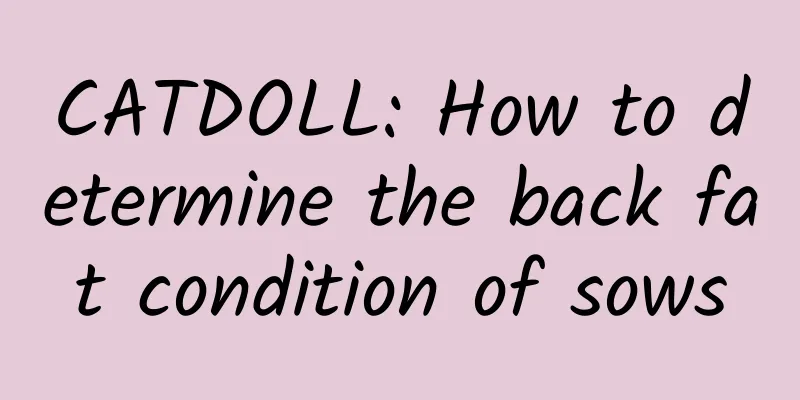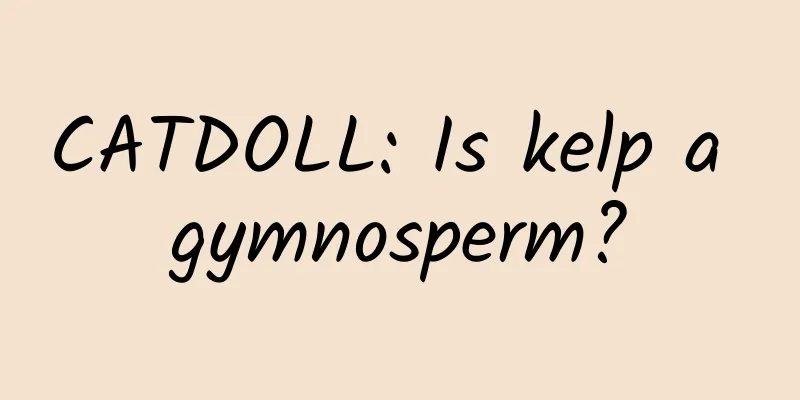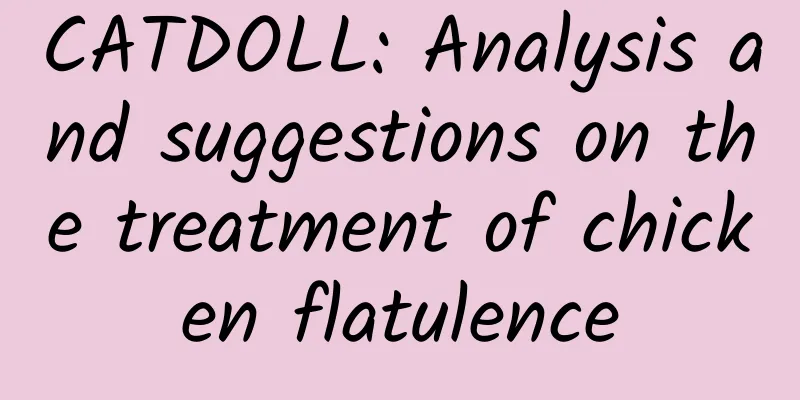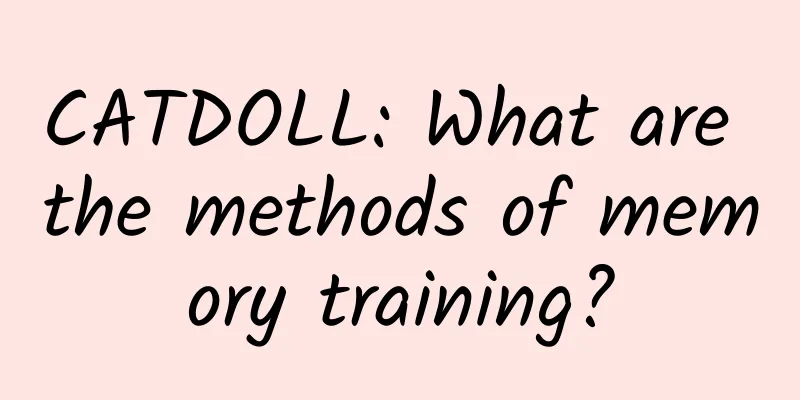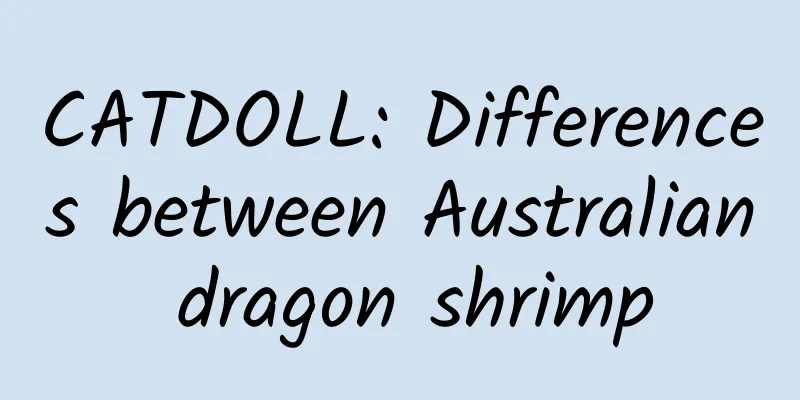CATDOLL : CATDOLL: Why can 300 million cockroaches in Jinan eat 15 tons of food waste every day?
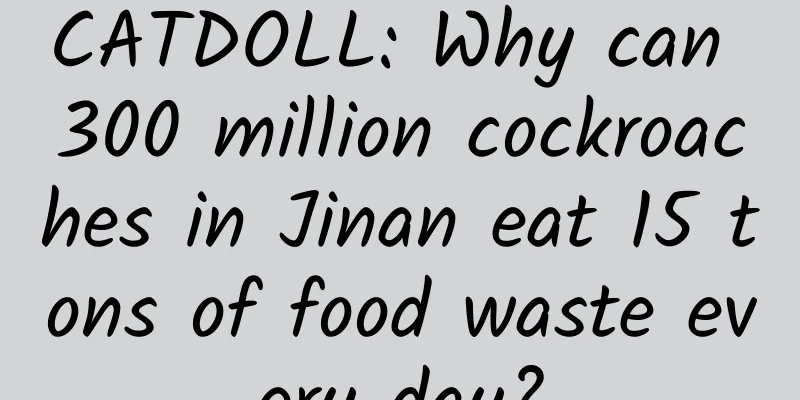
|
In a field in the southwest of Zhangqiu District, Jinan City, there is a square building covering an area of 90 mu. In the building, there is a group of special residents - 300 million cockroaches of the American cockroach species. This is the Zhangqiu City Food Waste Treatment Center. 300 million cockroaches can eat 15 tons of food waste every day, creating a new model for domestic waste treatment. On July 18, 2018, the reporter saw at the Zhangqiu Food Waste Treatment Center that the piles of food waste in the warehouse were first transported to the conveyor belt by a homemade pulping machine made by the staff. After being crushed and beaten into pulp, they were transported along the conveying pipeline to the large cockroach breeding room next door. The breeding room is a fully enclosed environment. Through the glass, you can see densely packed cockroaches eating crushed food waste. This breeding room breeds 300 tons of 300 million cockroaches. The cockroach species is American cockroaches. They are large in size, eat a lot, and have strong processing capabilities. They can "eat" 15 tons of food waste every day. Each farmed cockroach will continue to produce egg cases during its 11-month life cycle. At the same time, the cockroaches themselves will naturally age and die, and these will be transported to the drying room for drying, crushing, and finally made into cockroach powder as insect protein feed for chickens, pigs, etc. "Compared with the air and water pollution that may be caused by the original landfill treatment, cockroaches eat this kind of biological organic treatment, which follows the basic law of the food chain and enters the circulation system. It can be said that there is zero pollution and it realizes the true transformation of waste into treasure. This is a great innovation and breakthrough in the fields of environmental protection, food safety, and the breeding industry. In addition to social benefits, this model also has great economic benefits. Insect protein is called "soft gold" in the breeding industry. On average, 1 ton of insect protein feed can be obtained for every 15 tons of food waste, and the current market price of this feed is 12,000 to 15,000 yuan per ton. It is understood that Zhangqiu is currently building a new breeding base with an annual output of 4,000 tons of insect protein feed. After it is put into use, it can process 200 tons of food waste per day. Before the classification of domestic waste in Jinan, it can "eat" all the food waste in Zhangqiu District, Licheng District and High-tech Zone of Jinan City. Source: Qilu One Point (Shandong) |
<<: CATDOLL: What are the nicknames of Tang Monk in Journey to the West?
>>: CATDOLL: How to hunt wild Chinese bees?
Recommend
CATDOLL: How to effectively deal with excessive panting in pigs
Why do pigs pant excessively? The respiratory sys...
CATDOLL: How many fish can be produced by raising grass carp, silver carp and crucian carp in a newly built cement fish pond of about two acres?
I often hear some aquaculture farmers say that &q...
CATDOLL: How much does it cost to breed centipedes? What are the techniques for breeding centipedes?
1. How much does it cost to breed centipedes? Wha...
CATDOLL: Beanworm breeding cycle and conditions technology (Beanworm breeding cycle and conditions technology paper)
1. Which month is best for raising bean worms out...
CATDOLL: What kind of turtles are valuable to raise now, and what kind of turtles have high economic value?
Which turtle is valuable to raise nowadays, and w...
CATDOLL: How long does it take to raise a golden cicada before you can sell it? (How long does it take to raise a golden cicada before you can sell it?)
1. How many days does it take to raise cicada see...
CATDOLL: Is it very difficult to breed shrimp? How to fertilize the water?
The pond and the edge of the pond should be incli...
CATDOLL: The specific process of silkworm rearing (What is the specific process of silkworm rearing)
1. What is the whole process of silkworm rearing?...
CATDOLL: Is the profit of Golden Cicada breeding high? (Is the profit of Golden Cicada breeding high? Zhihu)
1. What are the costs and profits of cicada pupa ...
Foods that are harmful or toxic to cats
Foods that are harmful or toxic to cats: 1. Onion...
CATDOLL: How much weight can a Gaoyou shelduck grow? Can a mandarin duck and a shelduck crossbreed?
1. How much can a Gaoyou Mallard grow? Gaoyou Mal...
CATDOLL: What are the differences between clams, clams and scallops?
Flower clam, also known as flower clam, is called...
CATDOLL: Mealworm breeding methods and techniques
1. Living habits of mealworms Mealworms start to ...
CATDOLL: How to cook braised frog with soybean sauce?
1. How to cook braised frog with soybean sauce? I...
CATDOLL: How to raise guppies?
How to raise guppy (Phoenix tail) Basic informati...

